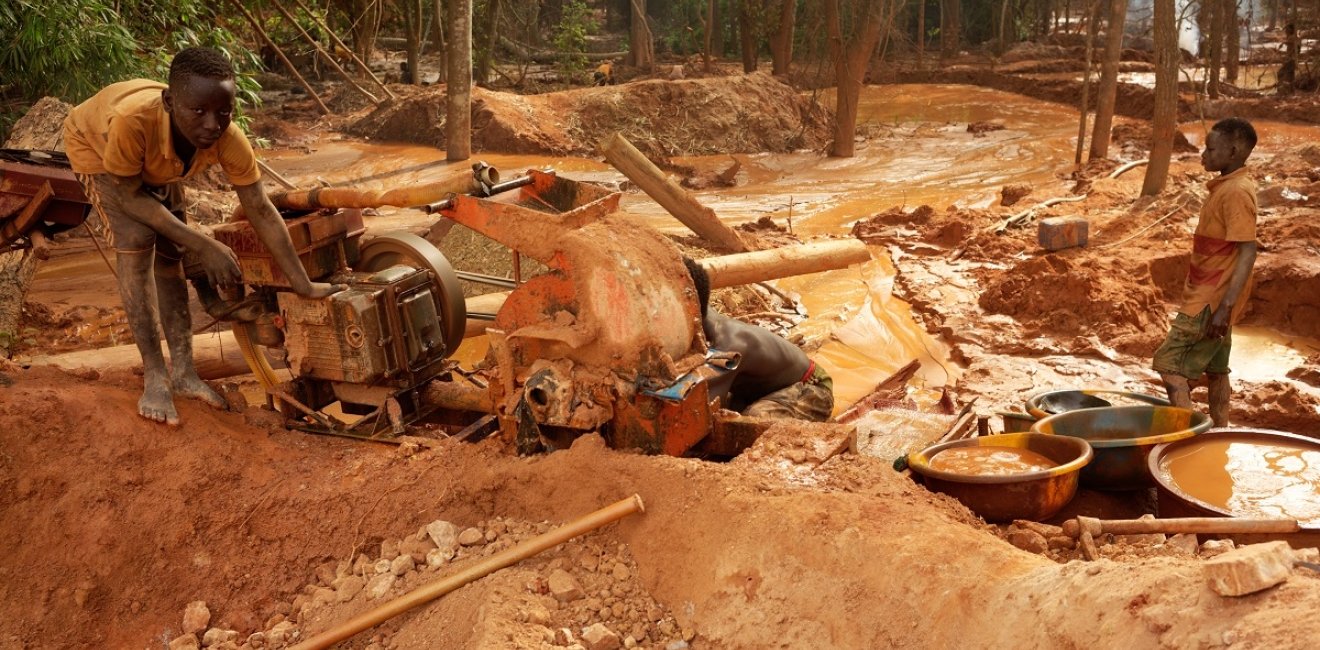
A blog of the Wilson Center
The Democratic Republic of the Congo loses about $1 billion each year through illegal mining. Almost 90 people were recently killed in an illegal mining mishap in South Africa. Colombian criminal gangs earn more from illegal mining than they do from cocaine.
Last year, the global mining industry was valued at $792 billion. With clean energy production and multi-sector technological innovation on the rise, global demand for precious metals and critical minerals like gold, copper, lithium, cobalt, and tantalum will only grow in the years ahead. The increased demand will certainly benefit the extractives industry, but it can also be good news for mineral-rich countries themselves in the form of increased revenues and high-paying jobs. Much of the world’s known critical mineral reserves are found, after all, in developing countries desperately in need of economic opportunity and revenue.
Over the years, mining has often had negative impacts upon biodiversity and the environment. Yet today, smarter approaches and new technologies are helping countries minimize environmental costs while still producing high demand minerals and significant revenues. Reforms in our approach to mining also mean that mining companies are usually heavily regulated and carefully scrutinized when they initiate or expand operations in a country. They must produce detailed plans that are measured against best practices, and which contain environmental restoration provisions that aim to minimize long-term effects.
But then there is illegal, illicit mining—mining that has little-to-no oversight, provides little revenue to host communities and governments, is carried out by poorly trained and ill-equipped individuals, and is often driven by organized crime.
On the lost revenue front, current estimates on what host countries would have been able to collect in revenue, but didn’t because the minerals in question were illegally extracted, ranges from 12 to 48 billion US dollars a year. The Democratic Republic of the Congo loses about $1 billion each year from illegal cobalt mining. In South Africa, lost revenue through illegal gold mining alone is estimated at 3.8 billion dollars—almost 1% of the country’s GDP. These are amounts not going into infrastructure development, hiring new teachers, economic development, or other investments.
The workers who perform the labor involved in off-the-books mining are often desperate for work—even if it’s backbreaking and poorly compensated. In a previous Stubborn Thing, I discussed the dangerous practices in Ghana’s illicit gold mining sector (known as “galamsey”) where thousands of children are working 14-hour days in extremely dangerous conditions. In South Africa, hundreds of miners illegally operating within an abandoned gold mine were trapped, and 87 individuals lost their lives. Many of these miners were undocumented migrants from Lesosotho, Zimbabwe, and Mozambique, and had few other opportunities to work. In Nigeria, children as young as six years old are often used in illicit lithium mining operations and earn less than $1 per day.
Beyond the hazardous working conditions these miners face, the substandard techniques employed by illegal mining operations release dangerous contaminants like toxic dust that frequently cause chronic pulmonary disease and asthma in workers. Miners in Burkina Faso, the Gambia, Guinea, and Senegal have been found to suffer from chronic pain due to exposure to a variety of toxic chemicals such as arsenic, mercury, and cyanide—all common in illegal mining.
These toxins released through illegal mining can ruin the health of many others who never step foot in the mining operations because they often poison the soil and water in the surrounding area. Mercury is frequently used in illicit mining because of its ability to bind to gold particles, thus making them easier to separate and extract from river sediments. After the gold is removed, contaminated sediments are usually dumped back into the river, poisoning crops and livestock. In fact, illegal gold mining is now the world’s number one source of mercury pollution, which affects maternal health in particular. Mercury poisoning can lead to stillbirth, birth defects, and an inability of mothers to produce breast milk, among others. In a 2017 study of nearby mining communities, “high levels of mercury” were detected in 12% of lactating mothers’ breastmilk.
If that wasn’t enough, illegal mining operations damage the environment in other ways. In order to avoid detection by government authorities, such operations are often located deep within protected rainforests. Operators clear-cut the forests around the pit from which the minerals will be extracted, and access roads are built to make it easier to bring in and operate heavy machinery. Mining is now considered to be the 4th largest driver of global deforestation, especially in rainforest regions. Between 2016 and 2020, approximately 140,000 hectares of Venezuelan rainforest were destroyed. In Brazil, which accounts for 50% of illegal mining sites, deforestation of indigenous land jumped by more than 300% in the last four years. Deforestation in turn makes the affected areas more vulnerable to landslides, soil erosion, and sediment buildup in rivers.
Finally, while legal, regulated mining can be an important part of a country’s economic development plans, illegal mining instead provides a steady revenue source for transnational criminal organizations—cartels, militias, warlords, crime syndicates, and the like. This phenomenon is especially pronounced in Latin America, which experiences one of the world’s highest illegal gold extraction rates. Gold is lucrative, relatively easy to export, and facilitates money laundering. Using established drug-trafficking routes, illegal mining groups export their gold to countries around the world, including the US. Criminal groups in Colombia receive over half their revenue from illegal gold mining—more than what they make selling cocaine. Two of its militia groups, FARC and ELN, have even made inroads into neighboring Venezuela because of the easy mining opportunities.
In short, we are in an era of soaring demand for critical minerals, which makes mining both an important part of our technology-driven future and, for many countries, an irreplaceable element in their “journey to self reliance.” Smart, modern legal mining combines protecting the environmental with wealth creation in host countries. Illegal mining, which is rising rapidly, does precisely the opposite: it puts lives at risk and robs countries of the value of their natural resources. And the criminals who are driving illegal mining are making vast sums of money… money used in turn to fuel their other dark enterprises.
Author
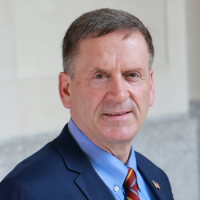

Environmental Change and Security Program
The Environmental Change and Security Program (ECSP) explores the connections between environmental change, health, and population dynamics and their links to conflict, human insecurity, and foreign policy. Read more


Wahba Institute for Strategic Competition
The Wahba Institute for Strategic Competition works to shape conversations and inspire meaningful action to strengthen technology, trade, infrastructure, and energy as part of American economic and global leadership that benefits the nation and the world. Read more


Africa Program
The Africa Program works to address the most critical issues facing Africa and US-Africa relations, build mutually beneficial US-Africa relations, and enhance knowledge and understanding about Africa in the United States. The Program achieves its mission through in-depth research and analyses, public discussion, working groups, and briefings that bring together policymakers, practitioners, and subject matter experts to analyze and offer practical options for tackling key challenges in Africa and in US-Africa relations. Read more

Explore More in Stubborn Things
Browse Stubborn Things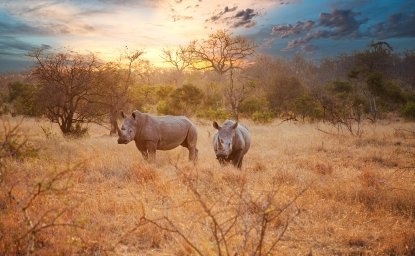
Spying on Poachers
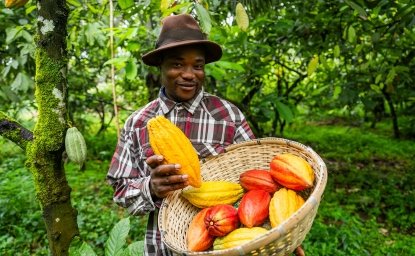
China and the Chocolate Factory
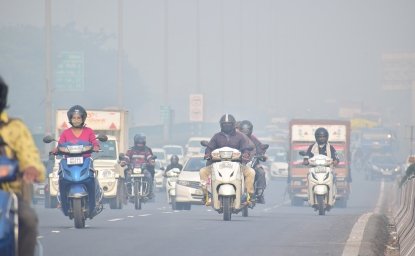
India: Economic Growth, Environmental Realities

